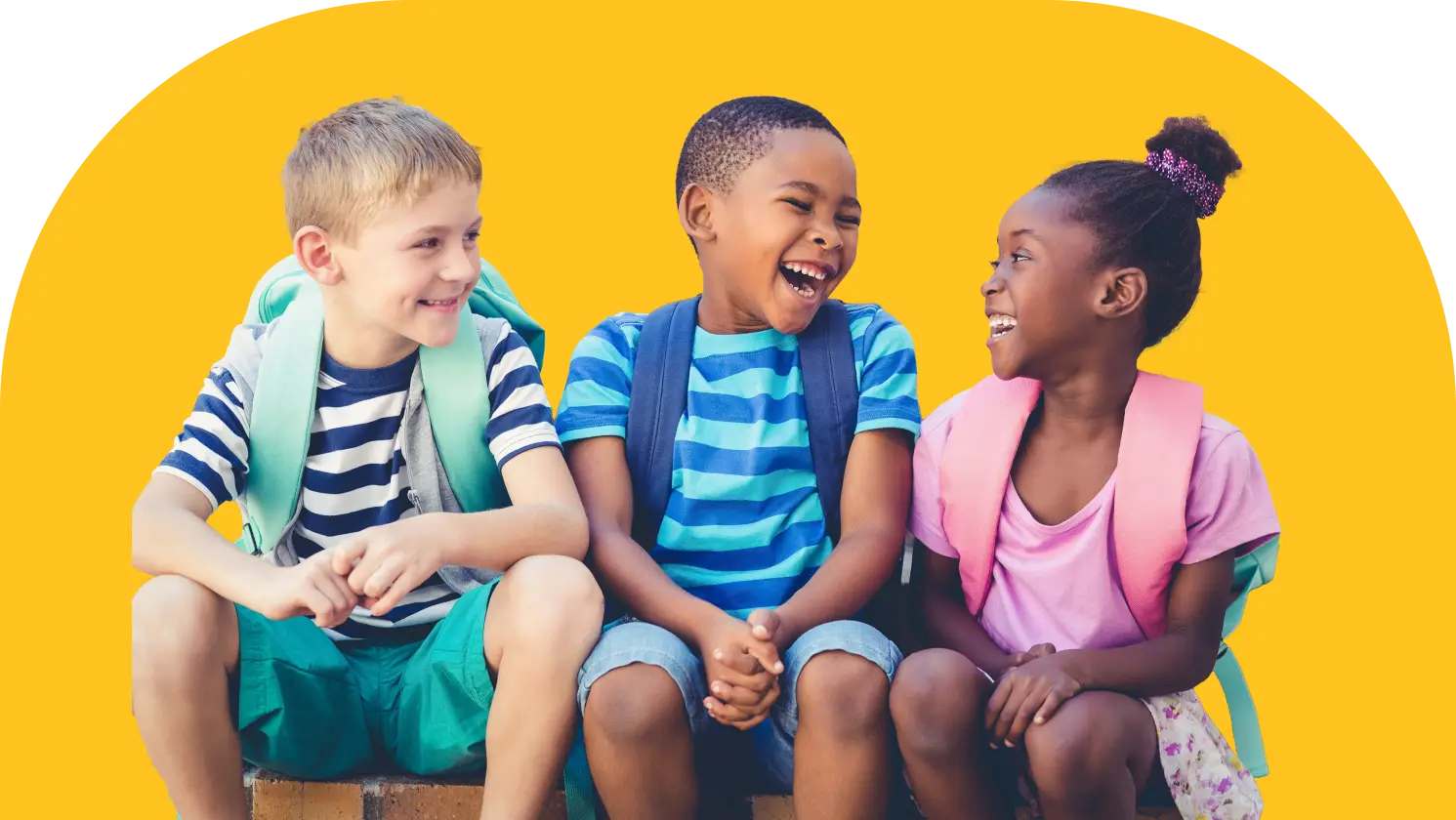In a world where smartphones and tablets are as common as textbooks and lunchboxes, social media has become an inseparable part of children’s lives. From Instagram to TikTok, these platforms are shaping the way young minds interact, learn, and grow. But as with any powerful tool, social media is a double-edged sword—offering both remarkable blessings and serious risks for kids’ development.
The Good
Let’s start with the positives. Social media can be a fantastic medium for connectivity. In an increasingly globalized world, it allows children to stay in touch with friends and family, no matter the distance. It’s heartwarming to see kids maintaining bonds with grandparents who live states away or pen pals across the globe.
Educational tools available on platforms like YouTube and Khan Academy have revolutionized learning. Kids now have access to tutors and resources on demand, helping them grasp complex subjects in a more engaging manner. Additionally, social media fosters creative expression. Whether it’s through posting artwork on Instagram or making fun, educational videos on TikTok, kids are finding innovative ways to share their talents and passions.
The Bad
However, for every light, there is a shadow. One of the darker aspects of social media is cyberbullying. Unlike traditional bullying, where a child might find respite at home, cyberbullying invades all aspects of life, offering no safe haven. The anonymity provided by social media often leads to harmful behavior, making it difficult for children to escape their tormentors.
Sleep disturbances are another growing concern. The blue light emitted by screens interferes with melatonin production, disrupting sleep patterns. Children, engrossed in late-night browsing or games, are sacrificing essential sleep, leading to issues with concentration and mood swings during the day.
And then there’s the potential for addiction. The “likes” and comments on social media posts act as dopamine triggers, creating a cycle that keeps kids glued to their screens. This compulsive behavior can detract from real-world interactions and responsibilities, impacting both academic performance and personal relationships.
The Ugly
Research paints a grim picture of the long-term effects of excessive social media use. Studies have linked it to increased rates of anxiety, depression, and low self-esteem among children. Constant exposure to curated, often unrealistic images of perfection breeds comparison, leading kids to feel inadequate and dissatisfied with their own lives.
A study from the Royal Society for Public Health found that platforms like Instagram and Snapchat could worsen feelings of anxiety and depression in young people. The pressure to conform to certain beauty standards and lifestyles, perpetuated by influencers and peers, can be overwhelming. Children are left questioning their self-worth based on the number of likes or followers they have, which is a dangerous metric for validation.
Personal Reflection
I remember a conversation with my niece, who is just twelve. She confided in me about feeling “left out” because she didn’t receive as many likes on her photos as her friends did. It was a startling realization that even at such a young age, her self-esteem was intertwined with social media validation. This personal encounter solidified my belief in the need for a balanced approach to social media use among children.
Recommendations
Navigating the world of social media responsibly is crucial. Here are some practical tips for parents, educators, and kids:
For Parents:
- Set Boundaries: Limit screen time and encourage breaks to ensure kids spend time offline.
- Monitor Usage: Keep an eye on the platforms your children use and the content they are exposed to.
- Open Dialogue: Maintain an open line of communication. Discuss the pros and cons of social media and encourage children to share their experiences.
For Educators:
- Incorporate Digital Literacy: Teach students about the responsible use of social media, including privacy settings and recognizing fake news.
- Promote Offline Activities: Encourage participation in extracurricular activities that don’t involve screens.
- Be Vigilant: Look out for signs of cyberbullying and intervene when necessary.
For Kids:
- Balance is Key: Enjoy social media, but don’t forget to engage in outdoor play, reading, and face-to-face interactions.
- Be Smart Online: Think before you post. Understand the impact your words and actions can have on others.
- Self-Worth Beyond Likes: Remember that your value isn’t determined by social media metrics.
Conclusion
In conclusion, social media is undeniably a double-edged sword for kids’ development. While it offers incredible opportunities for learning, creativity, and connectivity, it also poses significant risks to mental health and well-being. By approaching social media with a balanced and informed perspective, we can help children reap its benefits while minimizing its dangers. Ultimately, it’s about teaching kids to wield this powerful tool responsibly, ensuring that it adds value to their lives rather than detracts from it.
One way to achieve this balance is through tools like Troomi Wireless phones. These devices are designed to protect teenagers’ mental health by providing access to essential features of a cell phone while keeping them away from potentially harmful elements like social media and cyberbullying. With Troomi Wireless, teens can enjoy the benefits of connectivity, communication, and safety without exposure to the negative aspects that can detract from their well-being.
Interested in learning more? Click here.


